The Soft-coated Wheaten Terrier, affectionately known as the Wheaten, is a charming and versatile breed with a distinctive presence. Renowned for their silky, soft coat …
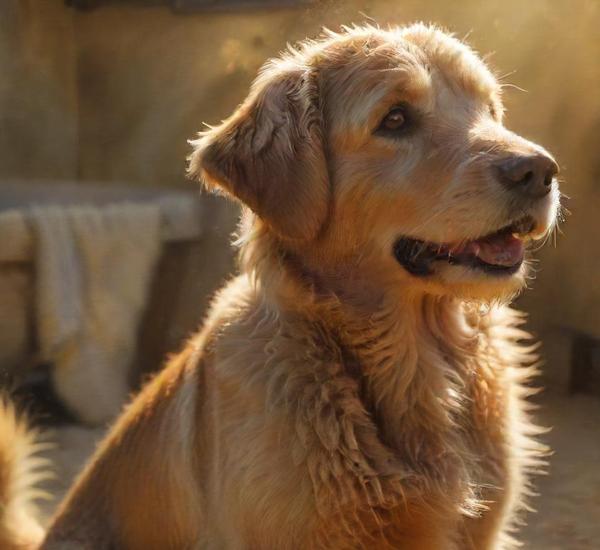
Happy Paws: All About Dogs

The Soft-coated Wheaten Terrier, affectionately known as the Wheaten, is a charming and versatile breed with a distinctive presence. Renowned for their silky, soft coat …

The German Pinscher is a dynamic and versatile breed that blends elegance with practicality, making it an ideal companion for various lifestyles. Originating from Germany, …
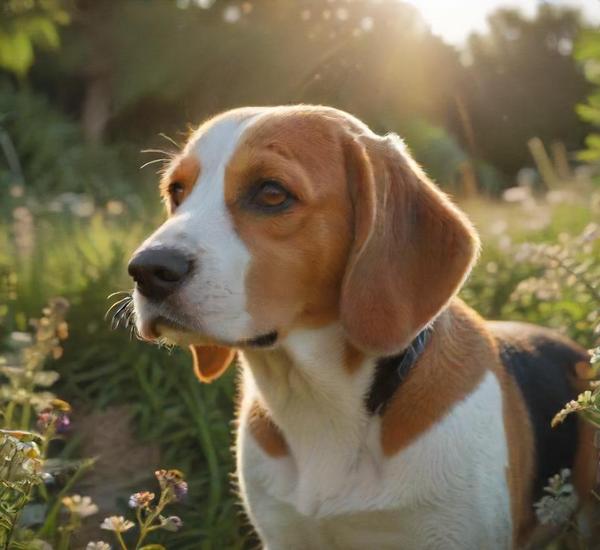
The Beagle, with its charming demeanor and distinctive appearance, has won the hearts of dog lovers around the world. Known for their friendly disposition and …
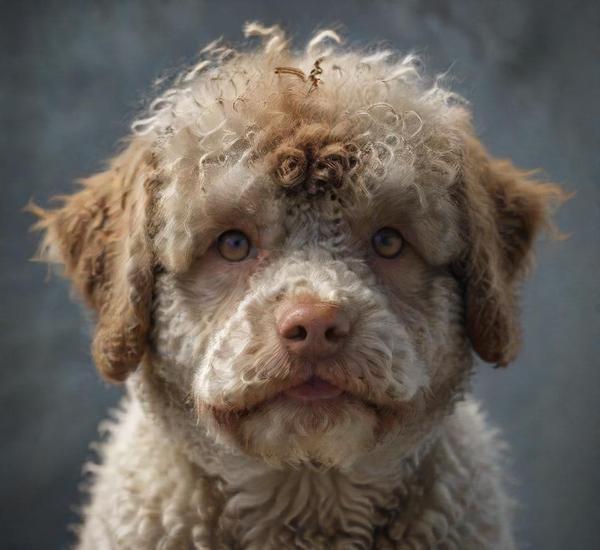
The Lagotto Romagnolo is a charming and versatile breed that has been gaining popularity among dog enthusiasts in recent years. Originating from the Romagna region …
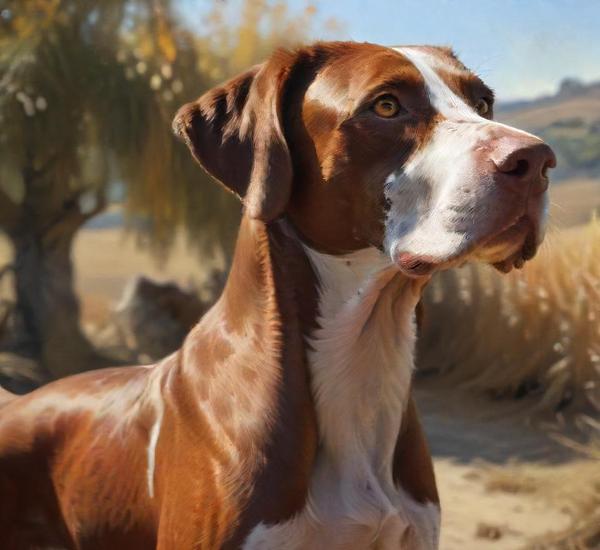
The Burgos Pointer, a distinguished breed from Spain, combines elegance with exceptional hunting prowess, making it a favored choice among hunting enthusiasts and canine lovers …
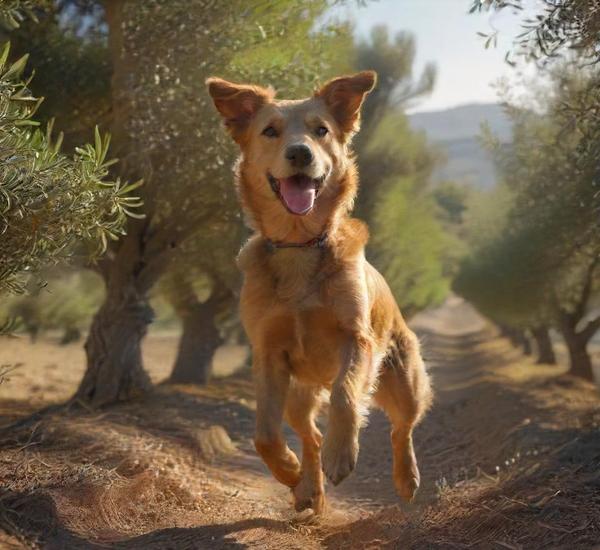
The Briquet de Provence, a distinguished breed hailing from the sun-drenched landscapes of southern France, epitomizes elegance and agility in the canine world. With its …
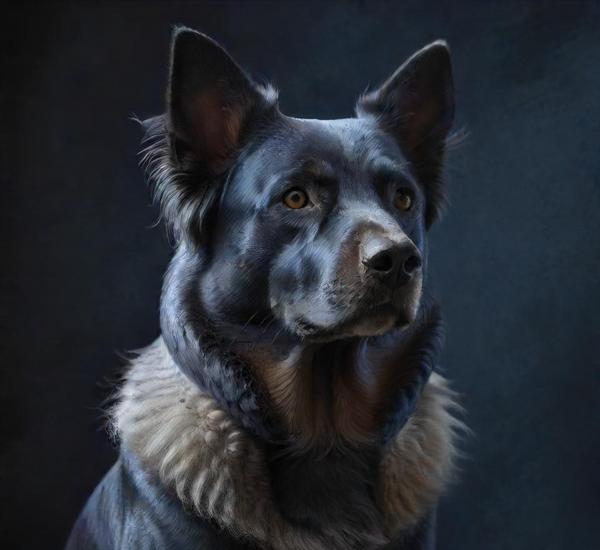
The Grand Bleu de Gascogne, a majestic and distinguished breed, captures the heart of dog enthusiasts with its noble appearance and storied history. Originating from …
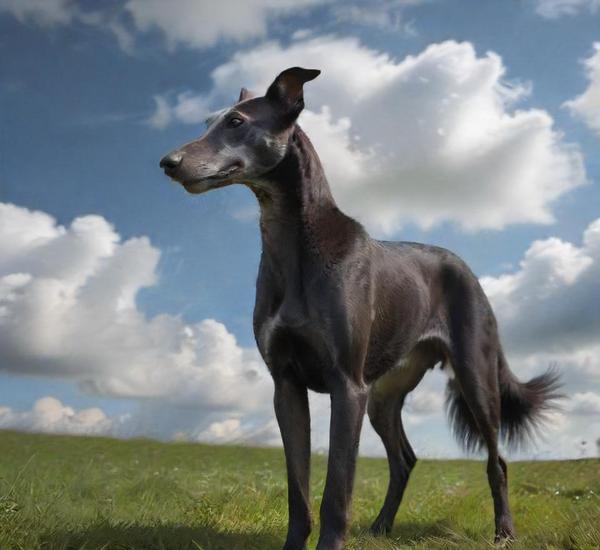
The Polish Greyhound, a breed known for its elegance and agility, is a captivating choice for dog enthusiasts seeking a graceful and active companion. Originating …

The Portuguese Pointer, known for its keen hunting instincts and versatile skills, is a distinguished breed with deep roots in Portuguese history. This breed, revered …

The Irish Red and White Setter, with its distinctive coat and exuberant personality, is a breed steeped in rich history and charm. Originating in Ireland, …